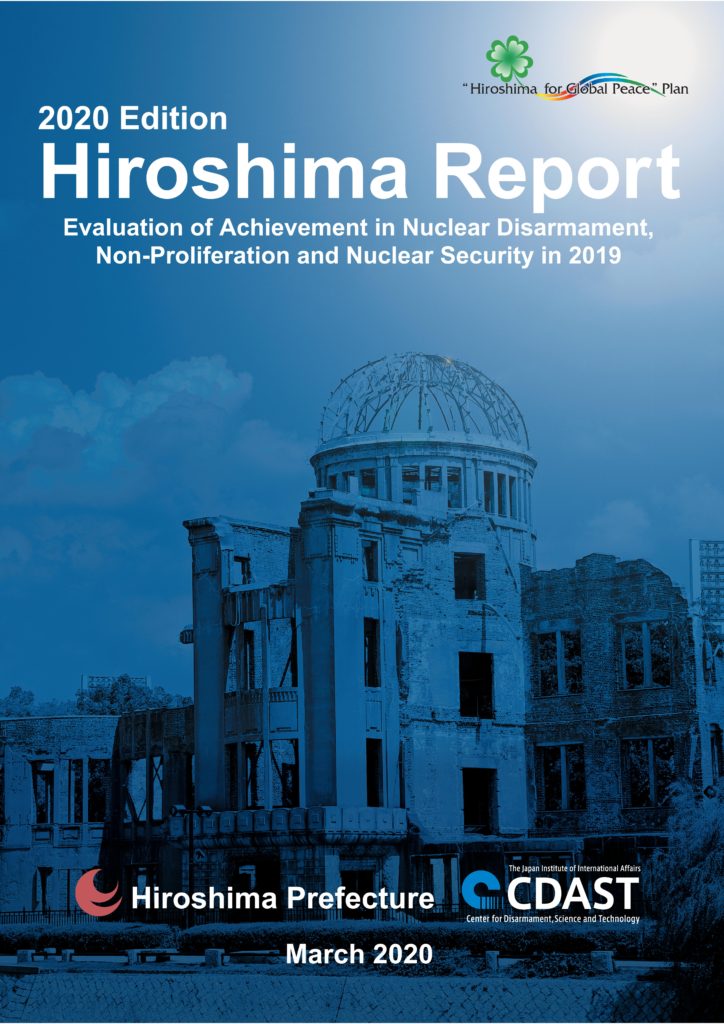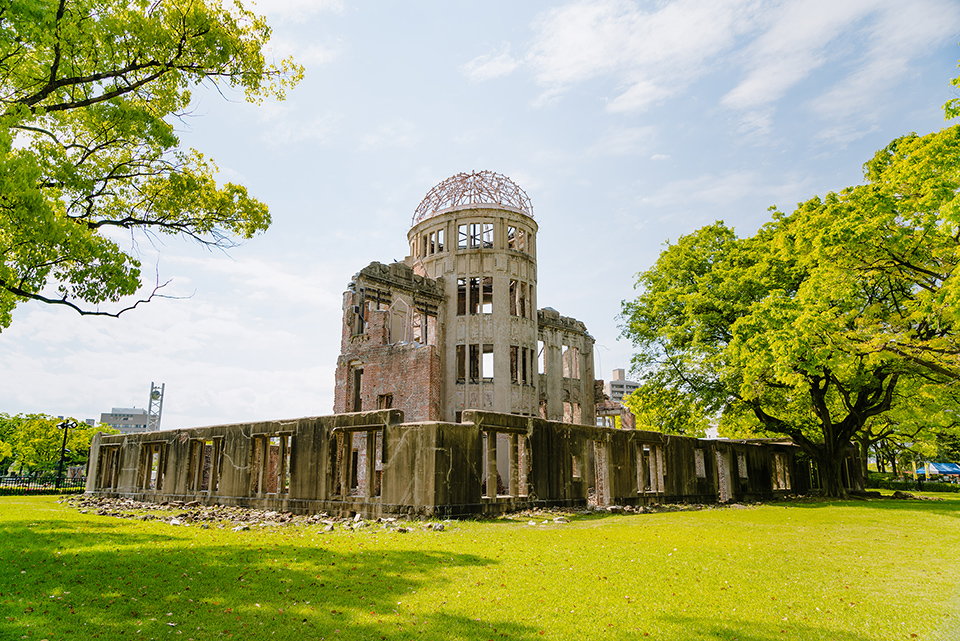International Atomic Energy Agency (IAEA)
International Atomic Energy Agency (IAEA) was created on July 29, 1957.
After the World War II, the fears against the proliferation of nuclear weapons were spread in the world. Also, the idea that nuclear power should be controlled by the international organization was spread.
As a result, the IAEA was created in 1957.
According to Hiroshima Report 2020, the IAEA is indicated as follow.
Under Article III-1 of the NPT, “[e]ach Nonnuclear-weapon State Party to the Treaty undertakes to accept safeguards as set forth in an agreement to be negotiated and concluded with the International Atomic Energy Agency in accordance with the Statute of the International Atomic Energy Agency and the Agency’s safeguards system, for the exclusive purpose of verification of the fulfillment of its obligations assumed under this Treaty with a view to preventing diversion of nuclear energy from peaceful uses to nuclear weapons or other nuclear explosive devices.” The basic structure and content of the safeguards agreement are specified in the Comprehensive Safeguards Agreement (CSA), known as INFCIRC/153, which each state negotiates with the IAEA and then signs and ratifies. As of December 2018, 12 NPT NNWS have yet to conclude CSAs with the IAEA.
https://hiroshimaforpeace.com/en/hiroshimareport/report-2020/page-2-2/
In the Hiroshima Report 2020, the investigation for peaceful activities of nuclear materials is indicated as follow.
According to the “Safeguards Statement for 2018,” as of the end of 2018, of the 129 countries (including Iran applying the Additional Protocol provisionally) to which both CSA and the Additional Protocols are applied, the IAEA concluded that all nuclear materials remained in peaceful activities for 70 countries. For the remaining 59 countries, evaluations regarding the absence of undeclared nuclear material and activities for each of these States remained ongoing, and the IAEA concluded only that declared nuclear material remained in peaceful activities. For 45 countries with a CSA but with no Additional Protocol in force, the Agency concluded only that declared nuclear material remained in peaceful activities.
https://hiroshimaforpeace.com/en/hiroshimareport/report-2020/page-2-2/
Nuclear materials used for nuclear weapons could be used for military use. On the other hand, it could be used for peaceful activities such as nuclear power plant. Thus, the nuclear materials that have two aspects of peaceful and military use need to be managed and controlled by the international society.
Objectives
“The Agency shall seek to accelerate and enlarge the contribution of atomic energy to peace,health and prosperity throughout the world. It shall ensure, so far as it is able, that assistance provided by it or at its request or under its supervision or control is not used in such a way to further any military purpose.”
https://www.iaea.org/sites/default/files/statute.pdf
Information related to this page
Hiroshima Report
Hiroshima Report has analyzed and evaluated the status of efforts in each country toward nuclear disarmament. By disseminating this report to the country and showing the status of each country’s efforts toward nuclear disarmament, we expect that the process of eliminating nuclear weapons in the international community will be steadily advanced one step at a time.
Hiroshima Report
What is today?
We introduce the date regarding nuclear disarmament and building peace.
What is today?
Tags associated with this article







![[Interview] On How to Face the Weaponization of the Economy (Energy, Food, etc.) [Oisix Ra Daichi] [Interview] On How to Face the Weaponization of the Economy (Energy, Food, etc.) [Oisix Ra Daichi]](https://hiroshimaforpeace.com/en/wp-content/uploads/sites/2/2023/09/スクリーンショット-2023-08-09-15.43.07-2-150x150.png)
